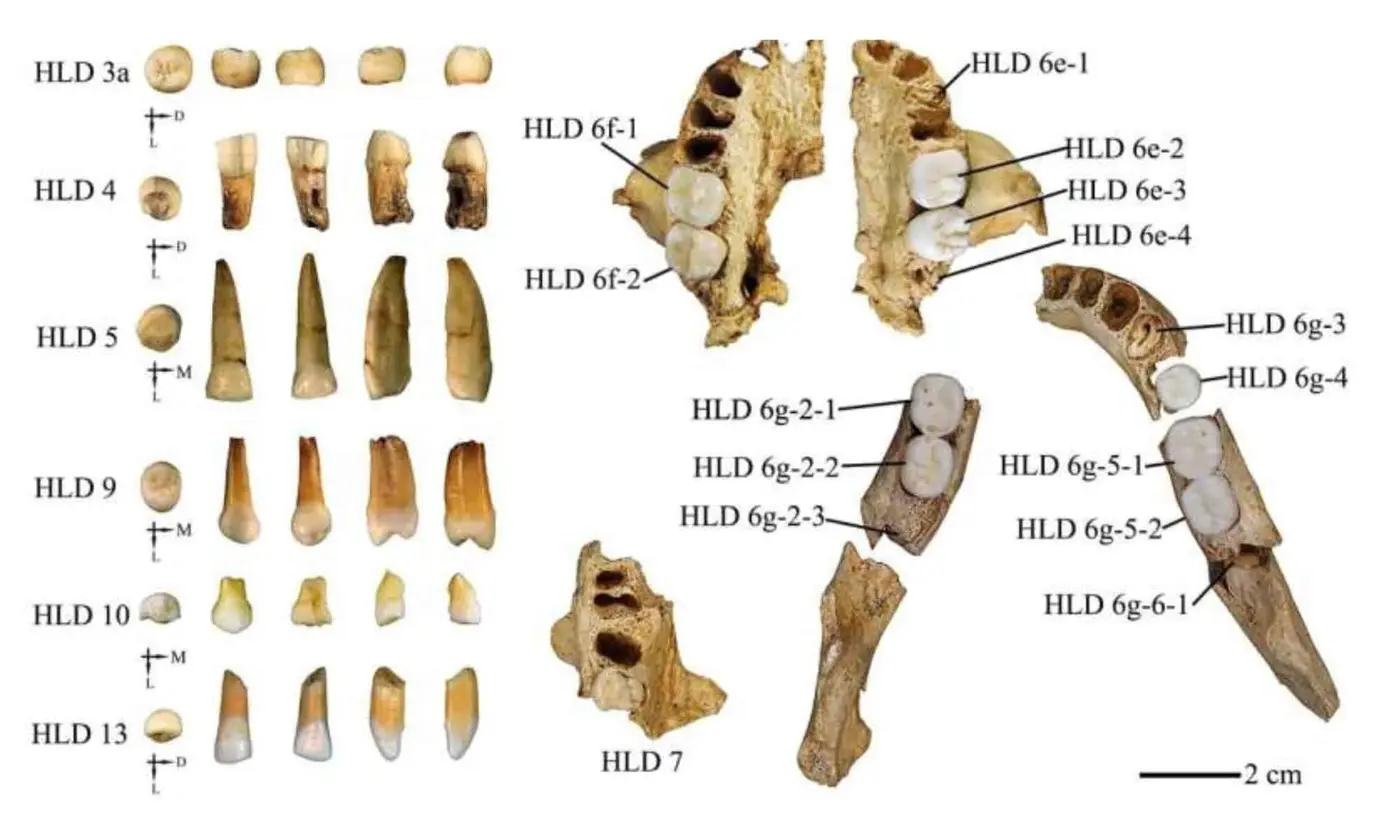T4K3.news
Ancient bones reveal early Homo sapiens Neanderthal contact
New CT scans and 3D mapping suggest interbreeding between Homo sapiens and Neanderthals around 140,000 years ago in the Levant.
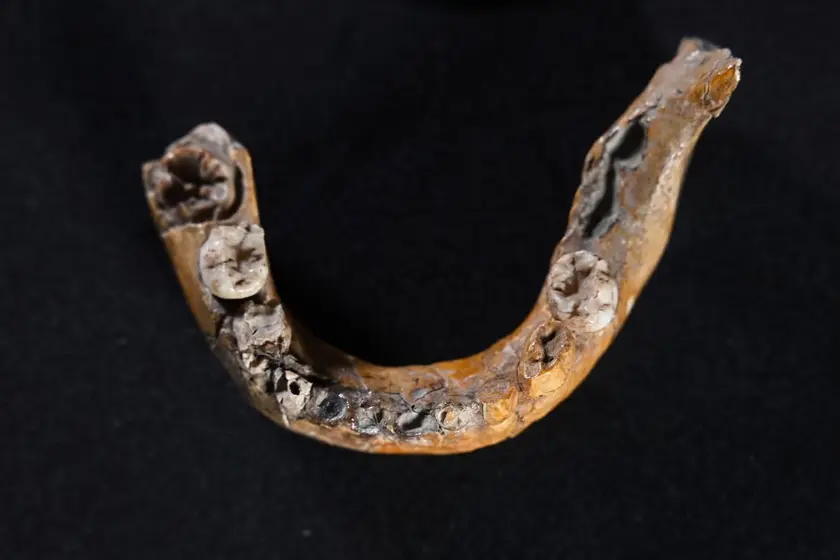
A 140,000-year timeline suggests peaceful interaction between Homo sapiens and Neanderthals in the Levant.
Ancient bones reveal early Homo sapiens Neanderthal contact
Researchers studied a child burial from Skhul Cave in northern Israel, dated about 140,000 years ago. Using thousands of CT scans and a virtual 3D model, they examined tiny features inside the skull and the imprint left by blood vessels. Without DNA, they cannot prove a hybrid, but the combination of traits points to interbreeding and challenges the idea that these groups lived apart.
Lead researcher Israel Hershkovitz says the work implies an extensive relationship between the two groups and a period when they lived side by side with no clear hostile encounters. The study, published in L'Anthropologie, also highlights how modern visualization tools let archaeologists revisit old fossils and refine their reconstructions. Critics note that data gaps remain, yet several experts see the findings as a plausible case for early hybrid characteristics and a more nuanced view of human evolution.
Key Takeaways
"We’re saying now there was an extensive relationship between Homo sapiens and Neanderthals that started around 140,000 years ago"
Lead researcher Hershkovitz on the timeline
"Homo sapiens are not a vicious, aggressive creature, but one that managed to live in peace with other groups"
Hershkovitz on peaceful coexistence
"The two groups managed to live side by side with no evidence for hostile encounters"
Observation about interactions
"Without DNA, it will be impossible to prove the child was a hybrid"
Gagneux on limitations
The study reframes how we think about ancient neighbors. By leaning on 3D modeling rather than only the visible bone, researchers can detect patterns that DNA tests cannot reveal in this case. It nudges scholars to consider shared cultures, like burials and toolmaking, as signs of cooperation rather than conquest. The claim of an 140,000-year timeline also invites a deeper look at how prehistoric people moved, traded, and learned from one another across the Levant. As methods improve, the past becomes a more careful argument than a single verdict.
Highlights
- Ancient bones rewrite the timeline of coexistence
- 3D mapping turns fossils into living data
- Peaceful ties mark early human history
- The past speaks through bone and light
The past keeps offering new clues as tools grow sharper.
Enjoyed this? Let your friends know!
Related News
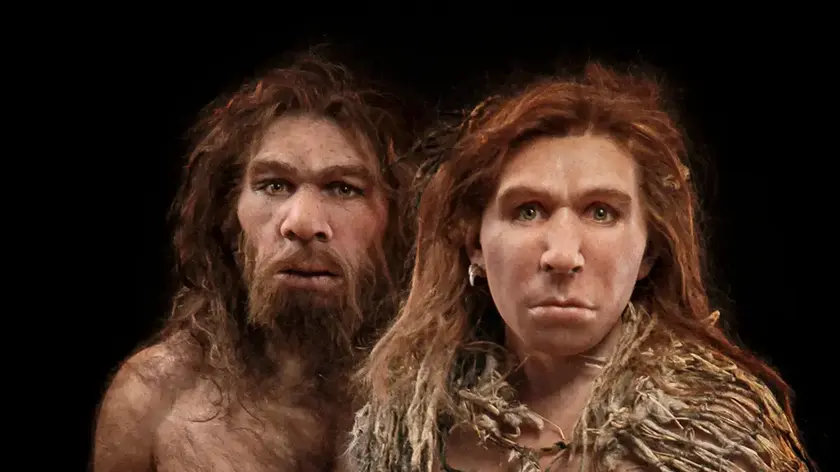
New findings reveal connections between humans and Neanderthals
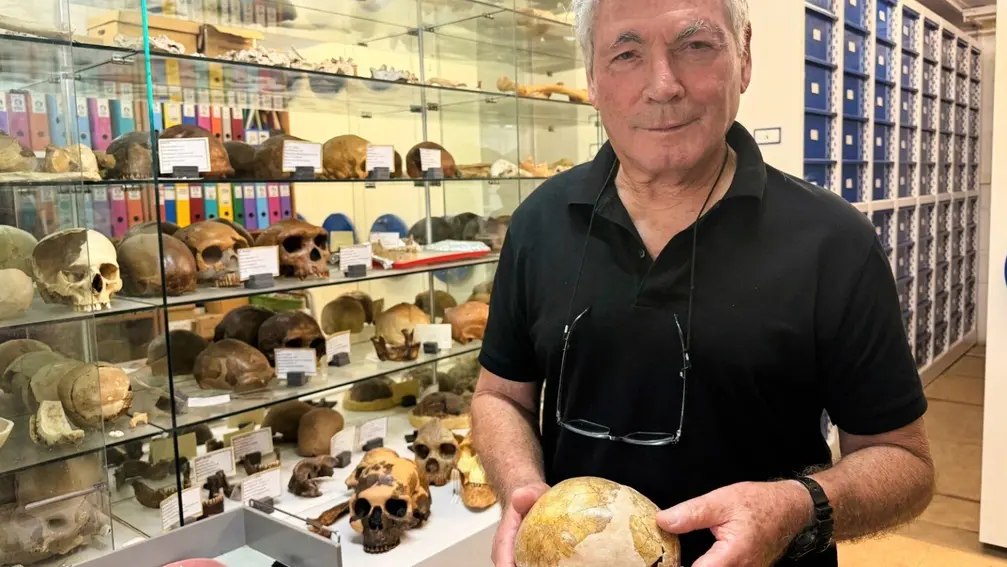
Ancient bones point to early interbreeding
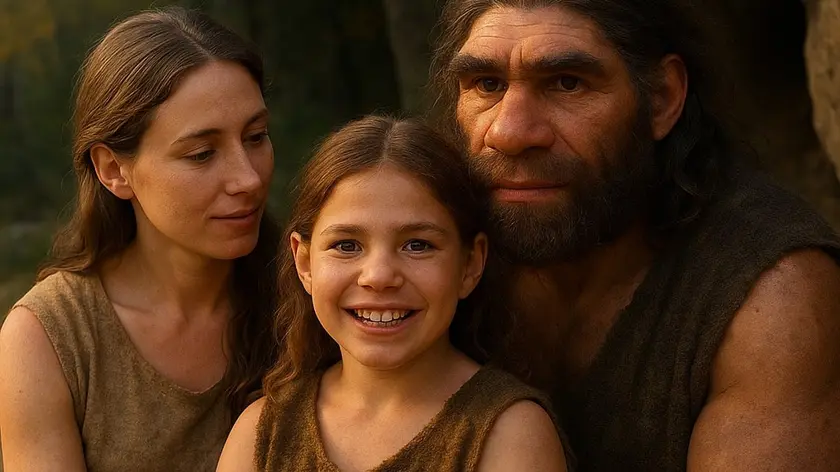
Scientists reveal traits of Neanderthal and Homo sapiens hybrids

Proteins Extend the Human Evolution Narrative Beyond DNA
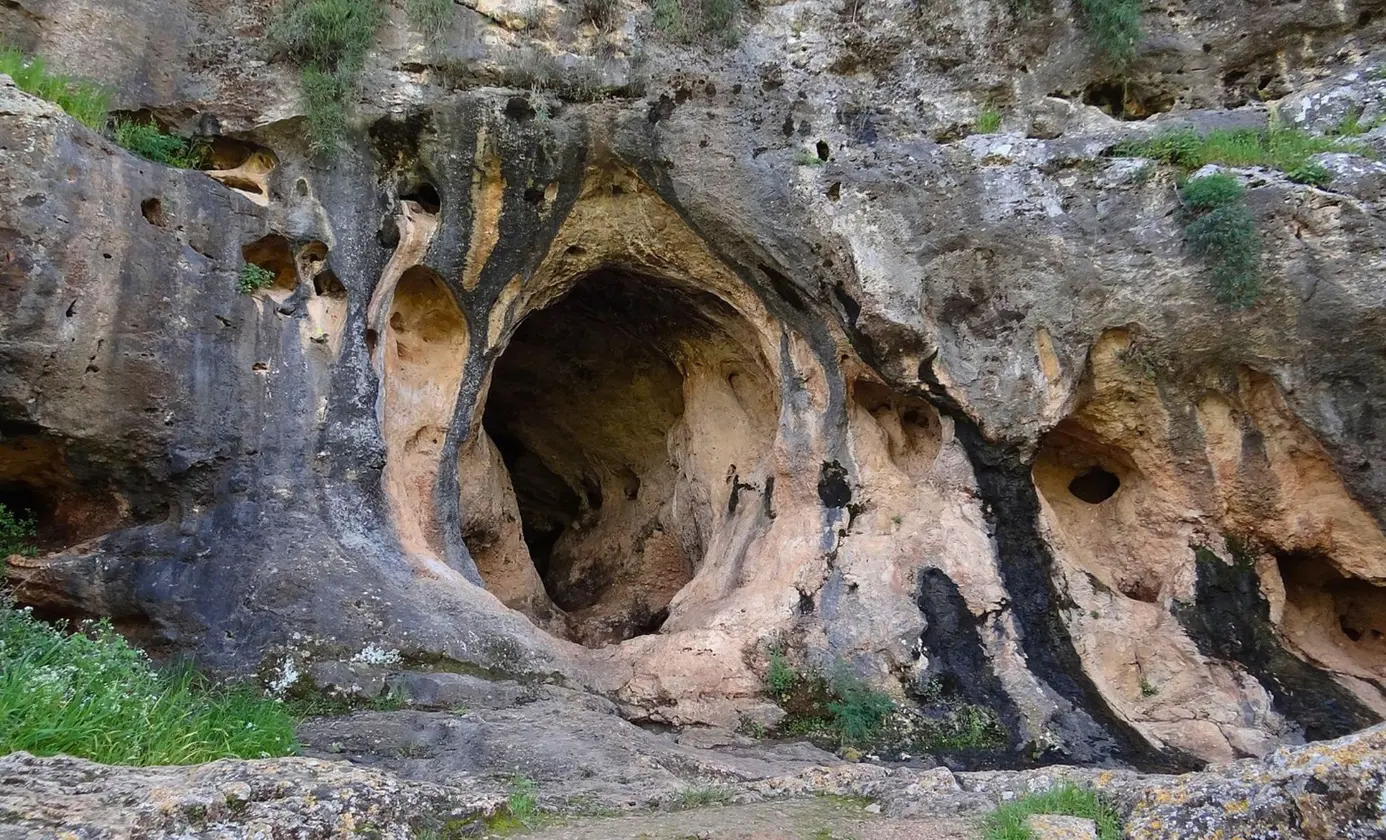
Ancient Child Skull May Change Our View of Human Evolution
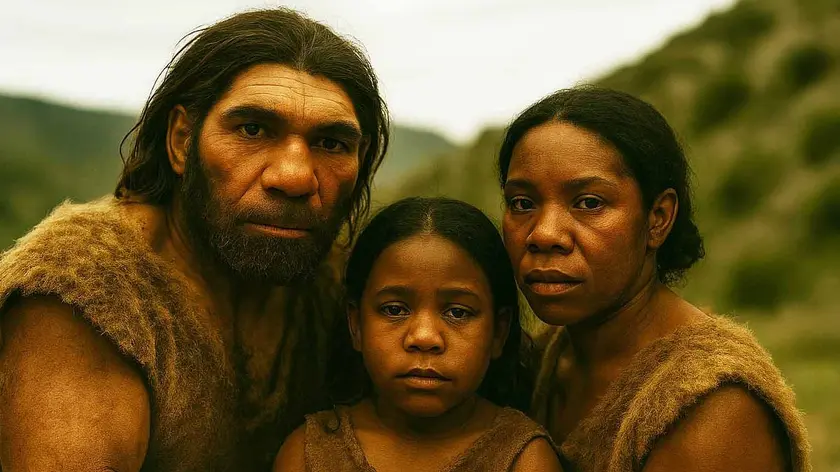
Ancient crossbreeding find reported

Research Reveals Earth's Magnetic Collapse Impacted Early Humans

Research suggests maggots were part of Neanderthal diets
